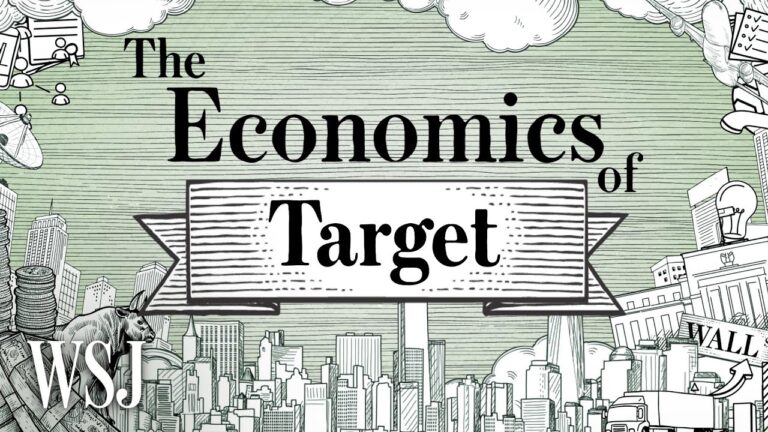The Economics of Target (WSJ Report)
Based on WSJ Report, About 75% of the U.S. population can find a Target store within a 10 mile radius. WSJ’s Sarah Nassauer explains how the retailer leverages its physical stores to grow services like in-store pickup and same-day shipping.
Learn How Target is Challenging Amazon – CNBC Report
As it redesigns its stores, Target is getting back to offering fashion-forward merchandise at decent prices. If it can keep that momentum going, it will help set the company apart from its peers including Walmart, Amazon and Kroger. Nestled inside Target’s Minneapolis headquarters, racks of unfinished clothes line the walls. In another area, sketches and splotches of colour are hung up for inspiration.
Walk down the hallway, and it looks like you’ve arrived at an HGTV set with bedrooms, living rooms and kitchens on display. This is the creative hub of Target’s in-house brands — a key part of the retailer’s turnaround. Scattered throughout, there are chemical mixing labs and an alcove with a handful of 3-D printers. About 550 employees work together to bring roughly 40 private labels, such as Goodfellow & Co. for men’s clothing and Up & Up for cleaning supplies, to life.
Meetings take place around a dining table in Target’s Made By Design room, which is decked out with kitchen appliances and other utensils from that label. And “Targeters,” as they’re sometimes referred to, arrive back from fashion shows or visits to overseas shops, toting items they’ve collected on their journeys. Each week, so-called kid influencers are ushered in and out of the Cat & Jack room to offer feedback on clothing styles being developed for the coming year.
CNBC
View, Read and Learn More Here:
- Retail Failure Stories
- Supply Chain
- Artificial Intelligence
- E-Commerce
- Retail Shipping
- Rags to Riches Stories
- Retail Success Stories
- Travel Food Culture


